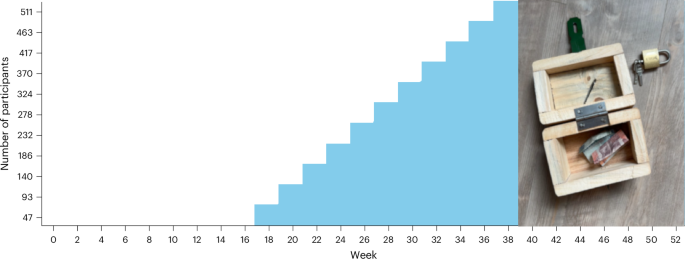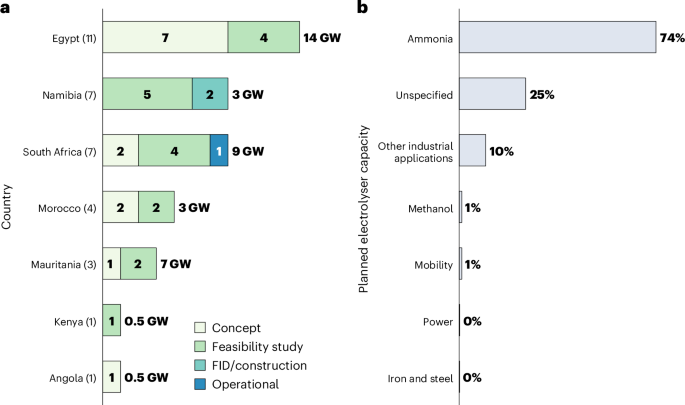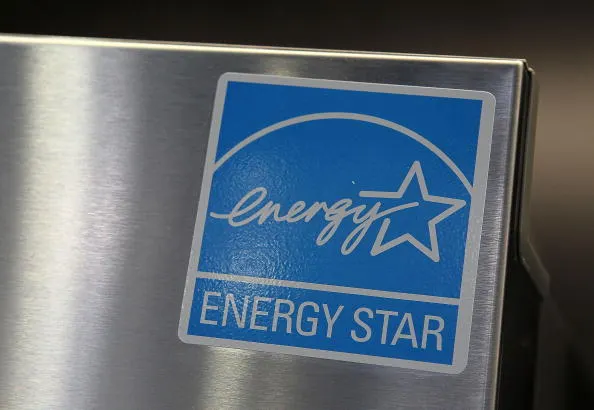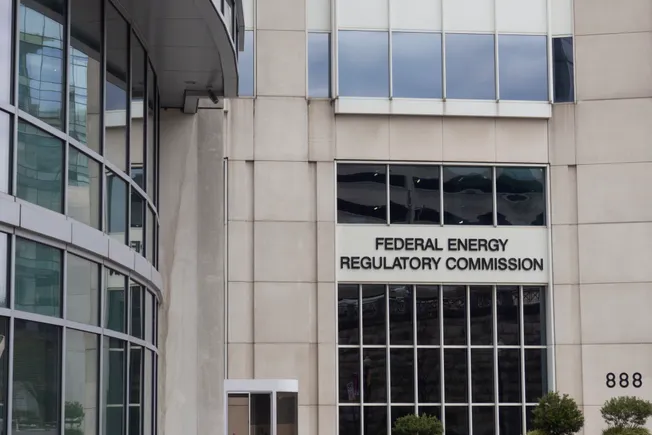FMCSA crackdown on carrier fraud halves newly granted authorities
Recent identity verification changes by the Federal Motor Carrier Safety Administration are having a major impact on the number of newly minted operating authorities, according to research from CarrierOK. The post FMCSA crackdown on carrier fraud halves newly granted authorities appeared first on FreightWaves.


FMCSA’s crackdown on carrier fraud halves new authorities

Recent identity verification changes by the Federal Motor Carrier Safety Administration are having a major impact on the number of newly minted operating authorities, according to research from CarrierOK. Beginning in early 2025, the FMCSA rolled out a new identity verification process that starts with applicants being redirected to Idemia, a third-party identity verification vendor. The next steps include the collection of personal information including biometric data to verify a carrier’s identity. After completion, applicants are able to complete the next step, which is being added to the Unified Registration System, the combined database that the FMCSA uses to house the data for carriers, freight forwarders and brokers.
Despite the fact that the FMCSA doesn’t receive any personal data collected by Idemia except to confirm that identity verification has been completed, the results of this change are staggering, according to CarrierOK. The turning point from the monthslong anti-fraud rollout was in April, when the full facial recognition and ID upload requirement went live for all new applicants.
CarrierOK’s initial data from April showed a major shift in new carrier application trends, which CarrierOK tracks through each stage of the process beginning with filed, published then granted. CarrierOK wrote in a blogpost, “The Filed-to-Published conversion rate – typically around 60-65% in months prior – cratered to roughly 30% in April. In other words, well over half of all applications filed in April failed to advance past FMCSA’s screening to the Federal Register published stage, whereas before April the majority would have made it through.”
The new bottleneck came from the filed-to-published step, which represents applications that cleared initial vetting and are now entering a 21-day comment period before final approval. “In short, many applicants are hitting a roadblock due to the IDEMIA identity checks or address validation and thus never make it to publication,” said CarrierOK. Cannot verify identity equals cannot get new operating authority.
While the 50% decline in published authorities has tightened the funnel, CarrierOK notes that legitimate new entrants are still applying. It’s just that a large portion of those submissions, by possible fraudsters, are no longer making it to the finish line.
Looking ahead, this verification will also extend outward to existing carriers who need to renew their government forms. CarrierOK adds, “Existing carriers will also have to undergo verification when they update their info, with ~800,000 current registrants eventually needing to verify identity as well.”

April For-Hire Trucking Index: Weak volumes, more capacity exits

April brought further declines in volumes, pricing and capacity, according to recent data released by ACT Research’s For-Hire Trucking Index. The Diffusion Index shows a reading above 50 as growth while a reading below 50 signals degradation. The Volume Index saw its second straight month of significant softness, falling from 43.6 points in March to 43.4 points seasonally adjusted in April.
“Even with some degree of pre-tariff shipping happening, it appears the adverse effects of tariffs are already starting to play out. Declining container ship traffic suggests broadly weak volume will continue in the near term, but the 90-day step down in US/China tariffs is spurring significant activity into Q3,” wrote ACT Research in the release.
The Pricing Index fell 12.1 points month over month from 51.5 in March to 39.4 points seasonally adjusted in April, levels not seen since August 2023. The report notes that “demand softened following a surge in pre-tariff imports, interrupting the modest momentum in rates.” The decline was the third-largest in the 15-year history of the survey. However, while pricing uncertainty remains, “The supply side should contract as private fleets end their expansion, tariffs add to equipment costs, and for-hire fleet financials are impacted.”
For fleets looking to hire, one positive indicator that remains is driver availability. That index rose 3 points m/m from 51 in March to 54 in April. It’s the 35th straight month the index has been above 50, with the report noting a large factor behind the availability is the significant increases in wages during the pandemic. Another was owner-operators turning in their authorities and returning to work under larger fleets.
You’re halfway there! To read the rest of the Loaded and Rolling newsletter, subscribe below. It’ll be delivered to your inbox every Thursday at 2pm eastern.
Most recent episode
The post FMCSA crackdown on carrier fraud halves newly granted authorities appeared first on FreightWaves.






























































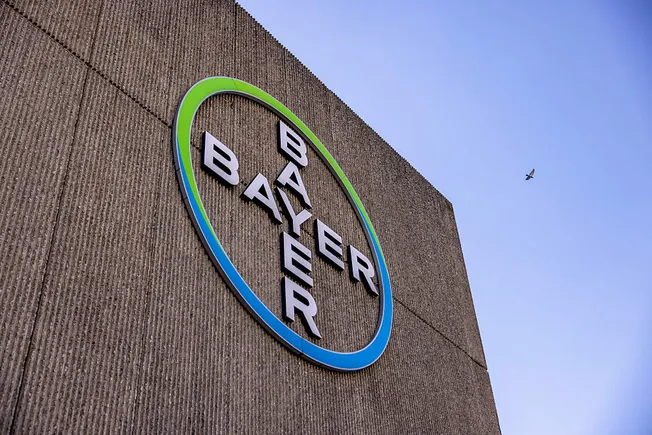






















![[Video] The Weekly Break Out Ep. 20: Pacific policy in Singapore and the UK’s new defense plan](https://breakingdefense.com/wp-content/uploads/sites/3/2025/06/Break-Out-ep-20-thumb-Play-Button.jpg?#)





































